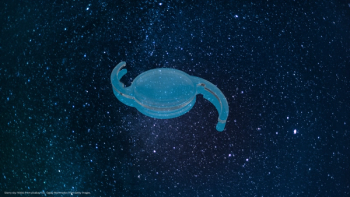
Back to the straight phaco tip
Improvements in the technology behind emulsification have brought the straight phaco tip back to the fore and surgeons are finding there are multiple benefits.
Historically, surgeons performed phacoemulsification with a straight-tip handpiece. As technology moved to torsional ultrasound, a curved tip became necessary to maximize the efficiency of the non-linear emulsification. However, improvements in the technology behind emulsification have brought the straight-tip handpiece back to the forefront, and surgeons are finding there are multiple benefits.
Reducing trauma to endothelial cells
There are a number of factors that are known to influence the trauma to endothelial cells during phacoemulsification. These include longer surgery time, longer absolute phacoemulsification time, higher ultrasound energy, and denser cataracts.1 Most of these are related to surgical technique and are influenced by the surgical platform used. I have found a number of advantages with a proprietary phacoemulsification platform (WhiteStar Signature with Ellips FX Transversal Ultrasound Technology, Abbott Medical Optics [AMO]).
During quadrant removal, a straight tip can be positioned bevel down easily by spinning the phaco handpiece between the surgeon's fingers, thus directing the energy posteriorly rather than anteriorly. This type of maneuver is awkward with a curved tip. Not only do curved tips take up more space in the anterior chamber, forcing the surgeon to position the phaco needle more anteriorly, but they also are difficult to position bevel down. In a subjective review of patient's corneas after phacoemulsification with a straight tip, I noticed clearer corneas. I believe this is due to the fact that a straight tip requires less working space in the anterior chamber, resulting in less endothelial cell damage and therefore less 1-day postoperative edema.
Newsletter
Get the essential updates shaping the future of pharma manufacturing and compliance—subscribe today to Pharmaceutical Technology and never miss a breakthrough.












































